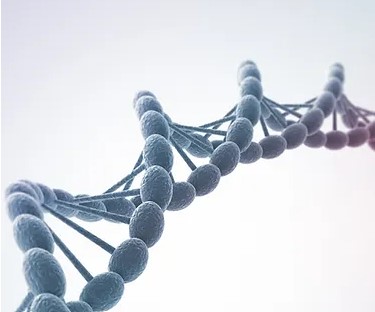- HOME
- Research
- Research
Research
 |
Stem cell engineering
stem cell nanoengineering can be harnessed for the manipulation and engineering of stem cell differentiation for cell therapy. In this regard, development of 1) nanomaterials-based modulation of specific cell signaling pathways with (i) soluble and (ii) insoluble cues for stem cell differentiation and 2) nanoparticle-based advanced CRISPR/Cas9 system for repairing genomic disease have been done and preparing for the submission. On the other hand, engineered mesenchymal stem cell's tumor-tropic capability was enhanced by forming spheroids with a microfluidic system and applied as an active drug delivery platform. |
 |
Bio-inspired Nanomaterials
By taking abvantage of the nanomaterial's unique physical/chemical properties and appropriate size for labeling and probing biological systems, we have developed bio-inspired theragnostic nanoparticles. For this purpose, we synthesized nanoparticles, consisted with biomolecules and inorganic/organic materials which can be tracked their fate in vivo by using fluorescence, surface-enhanced Raman spectroscopy(SERS), and magnetic resonance imaging(MRI). Towards the goal of probing the fundamental mechanism of cellular response with delivered nanoparticle in cancer and stem cells, I keep focusing on the development of fuctional bio-inspired nanomaterials. |
 |
Nano-Biosensors
A cell-on-a-chip platform allows us to monitor and analyze the cellular signals in a non-destructive manner. Improving this platform by using various surface modificaction techniques (i.e. nanopatterning, biomolecule patterning, etc.) enables monitoring the cellular response such as apoptosis and stem cell differentiation. Biomolecules (synthetic peptide, ECM molecules), organic materials (polymer, lipid) and inorganic materials (metal nanostructures) were applied to surface for improvement of biocompatibility and electrochemical/ spectral sensitivity of cell-on-a-chip platform. Moreover, microfluidics system-assisted cell-on-a-chipp platforms had allowed for analyzing circulating tumor cells and circulating cancer stem cells in a live condition. |
